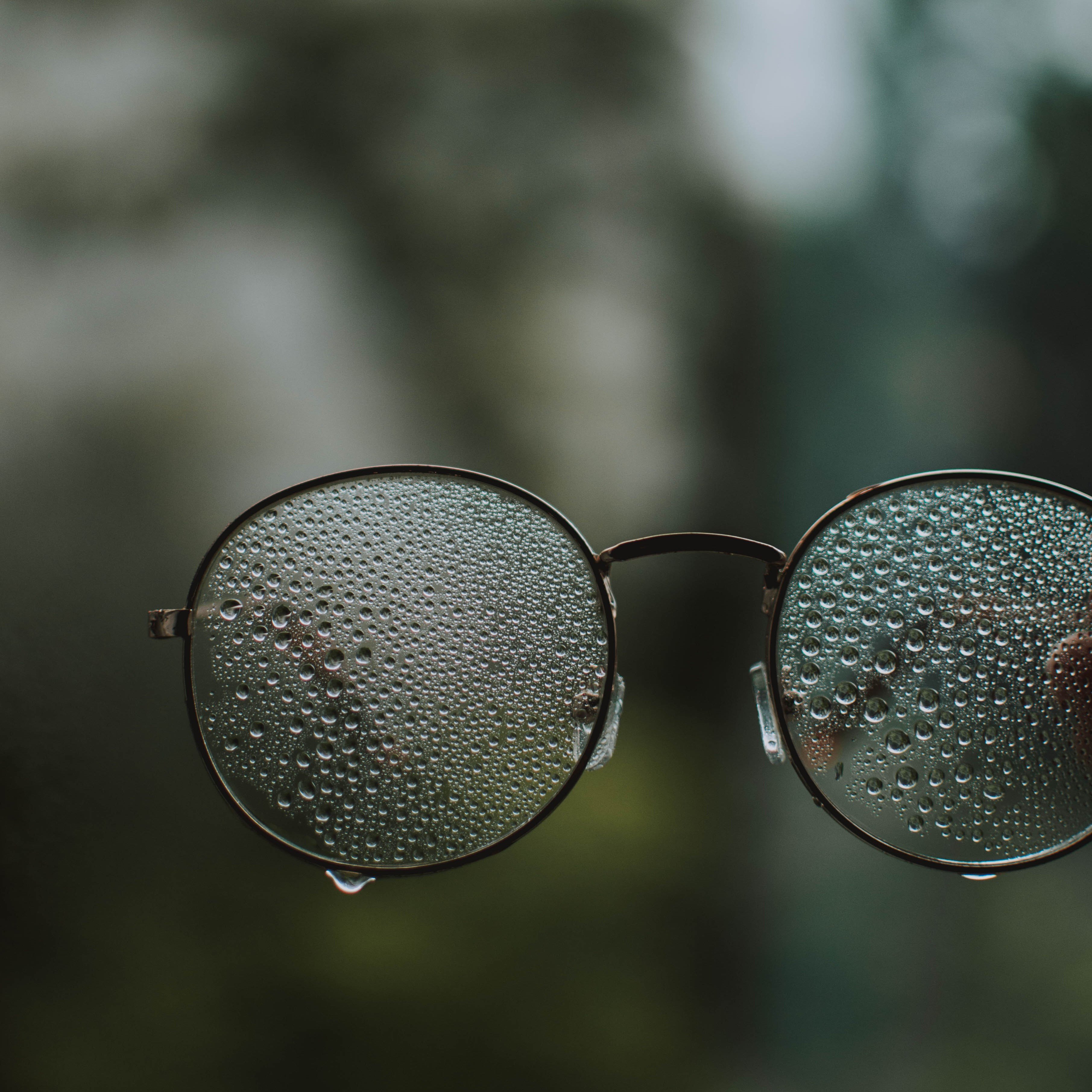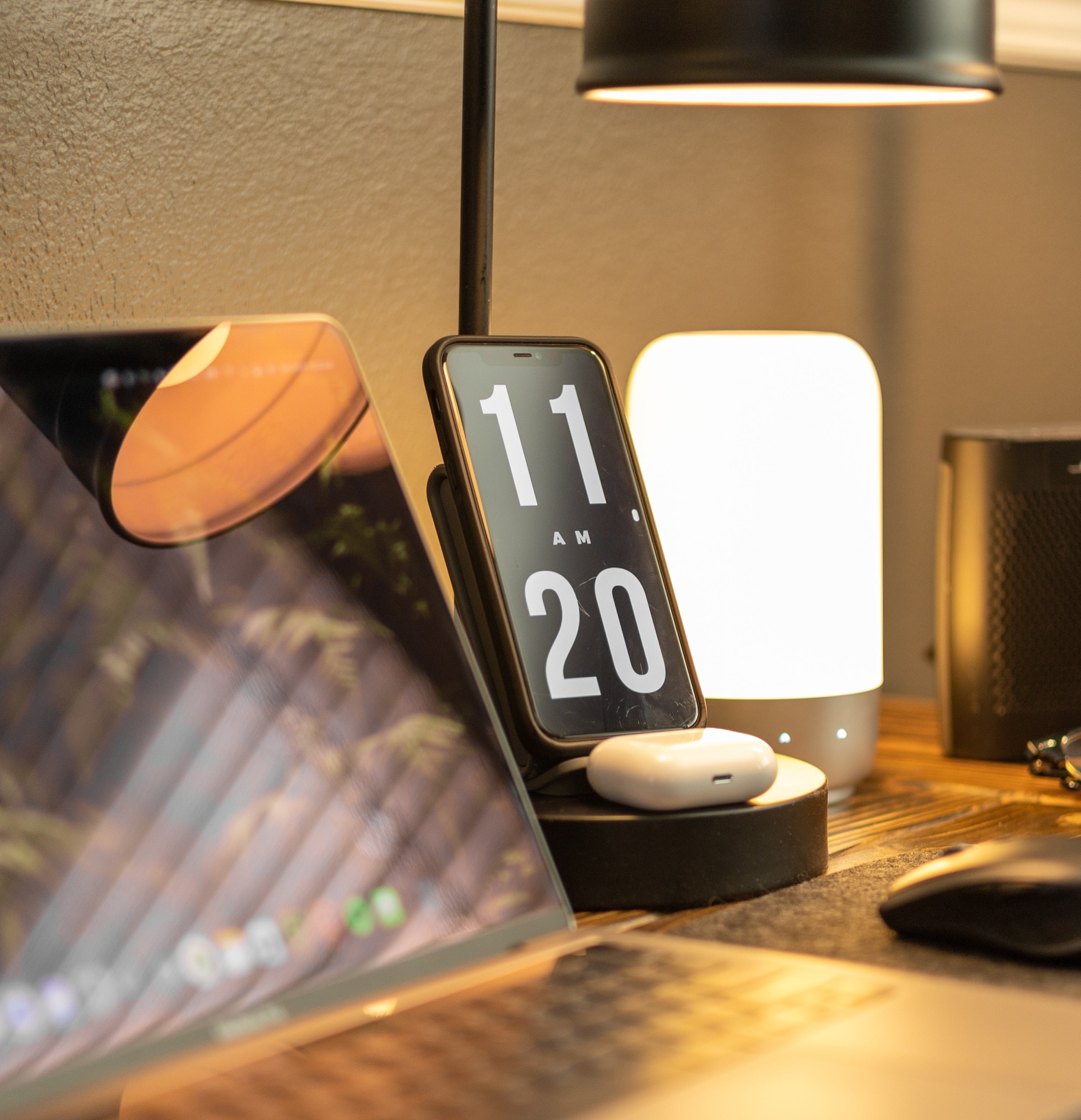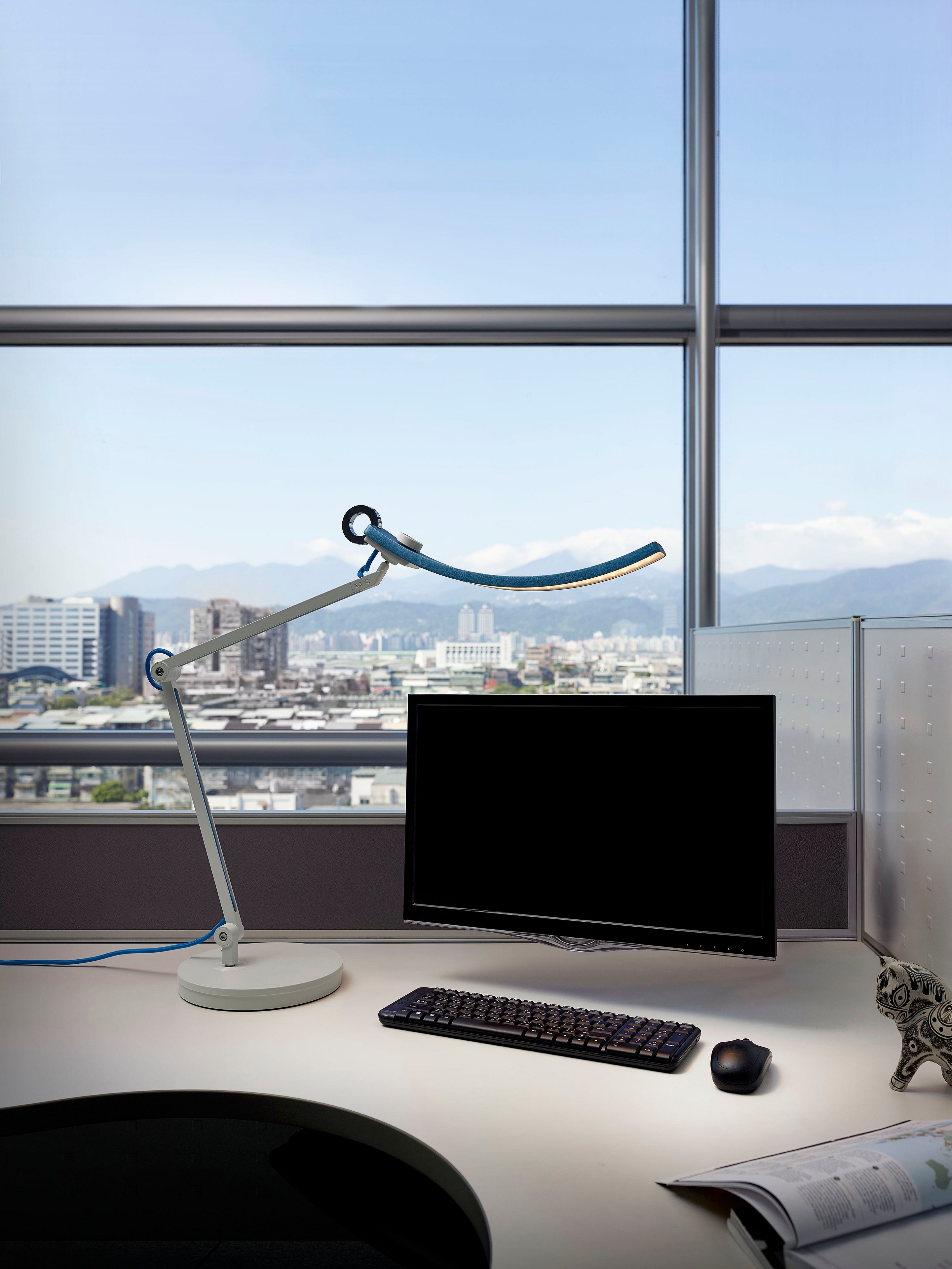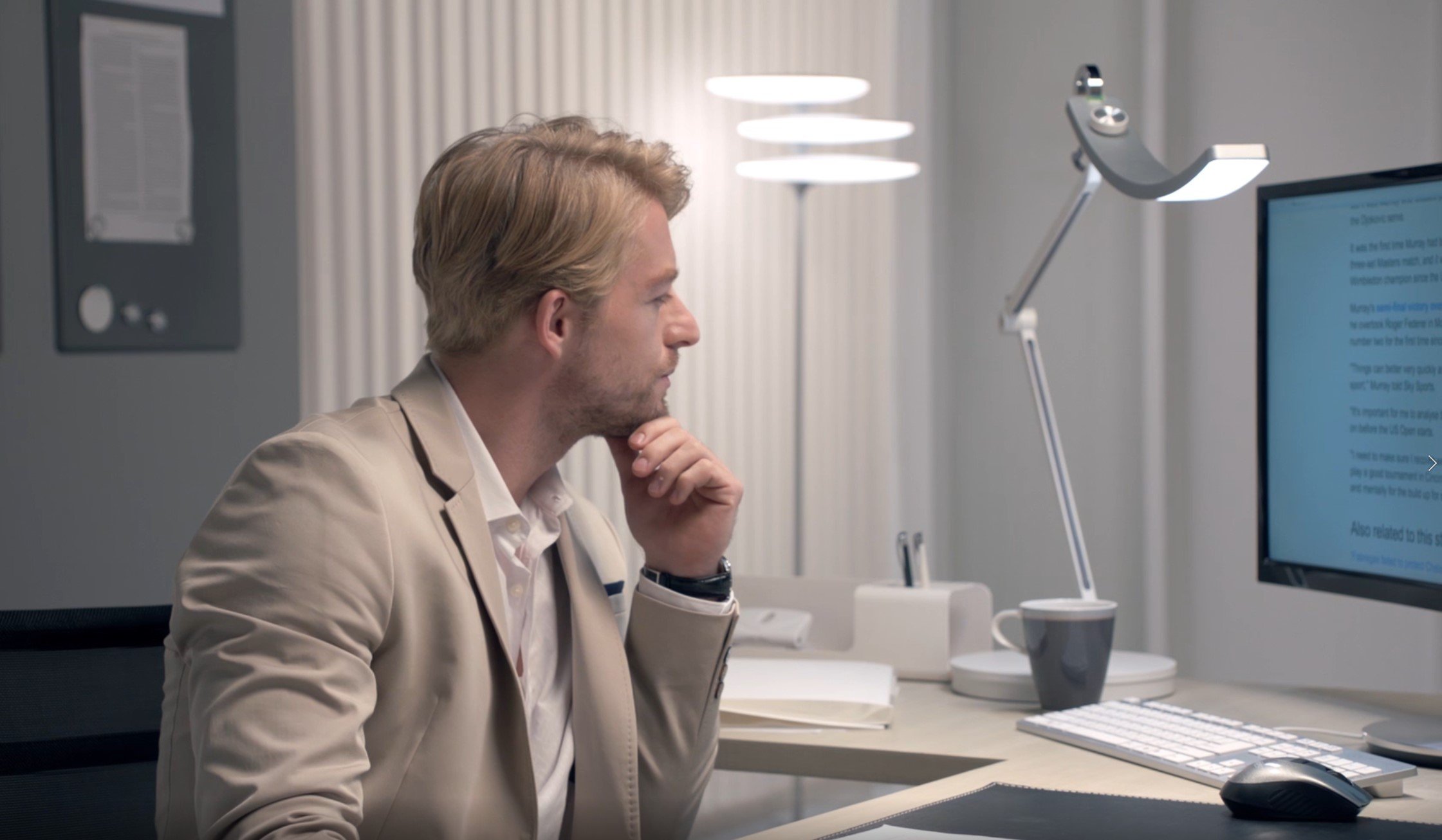Projector
Monitor
Lighting
Digital Display
Job References
If you're reading this, it's probably because you're looking for some tips on how to protect your eyes and keep your vision in top shape. Well, you're in luck!
So, is using a desk lamp good for your eyes? The answer is absolutely! But there are a few things to consider when selecting the best light for your needs.
First and foremost, reducing your exposure to blue light is essential, as blue light may harm your eyes. One way to do this is by taking breaks from screens and using a desk lamp with a high color rendering index (CRI) of at least 80. This will help reduce strain on your eyes and improve the quality of light you're exposed to.
Finding the perfect desk lamp for eye protection can be challenging, but with our guide to the best eye-care options on the market, you'll be able to make an informed decision.

It's no secret that good eye health is crucial for overall well-being. Unfortunately, a staggering 2.2 billion people worldwide suffer from some form of visual impairment, with a shocking 1 billion cases being preventable or treatable. According to a report by the World Health Organization (WHO), those living in areas with better access to regular eye care tend to have lower rates of blindness. On the other hand, those in developed countries may be more at risk for myopia (nearsightedness) due to increased screen time indoors.
So, what can we do to protect our eyesight and prevent visual impairment? There are several steps you can take to protect your eyesight. These include getting regular eye exams, wearing protective eyewear, and taking breaks from screens every 20-30 minutes to rest your eyes.
We should also take care of our eyes while indoors. An eye-caring desk lamp can make a big difference for those who spend long hours in front of a computer screen. These lamps are designed to reduce strain on the eyes and prevent fatigue, making them an essential tool for maintaining good eye health in our modern world.

Looking after your sight is no small matter. We all want to keep our eyes fresh and fabulous. Here are five easy steps you can follow to prevent eye discomfort:
Before considering the best desk lamp for eye protection, giving your eyes a break from all that screen time is essential. Try following the 20-20-20 rule: every 20 minutes, take a 20-second break to look at something 20 feet away. This will help reduce eye strain and fatigue and give your peepers a rest.
Ensure your screen is at the proper distance from your eyes and that text and images are easy to read. Adjust brightness, contrast, and text size to ensure your eyes are comfortable. Think of it as giving your eyes the VIP treatment.
Blinking helps to keep your eyes moist and prevents dry eyes, which can cause discomfort and pain. As the saying goes, the more you blink, the less you drink, although we do not endorse drinking less water. Just make sure to blink to keep those eyes well-lubricated. If you find yourself blinking less when using a digital device, try using eye drops to keep your eyes hydrated.
If you spend a lot of time in front of a screen, it might be worth talking to your eye doctor about whether computer glasses are right for you. Special glasses with anti-reflective coating and blue light-blocking lenses can help reduce eye strain and prevent discomfort and pain. Your eyes will thank you for it.
Following these simple steps can prevent eye discomfort and keep your eyes happy and healthy. Go ahead and give your peepers the royal treatment, they deserve it!
Finally, finding the right kind of lighting is significant. Glare on your screen is a big no-no. To avoid it, position your monitor away from windows and other bright light sources. Use desk lamps or additional task lighting to eliminate glare and shadows. Trust us, nobody wants to see a screen full of glare, it's just not a good look.
Have you ever been to the dentist and had to stare at a bright light only to have your eyes start watering? Yeah, not fun. And it's a good reminder that not all lamps are created equal when it comes to your eyes. It can be tough to tell if a desk lamp will be good for your eyes without built-in safety features. So, to save you from potential eye discomfort, here are some unhealthy attributes that you might want to avoid in a desk lamp:

Many people may benefit from using an eye-caring desk lamp to reduce eye strain and discomfort. Some examples include:
As a busy student, office warrior, or gamer, you may notice that your eyes are strained after pouring over textbooks or staring at your monitor for an extended period.
You might be thinking, "Okay, you got me. Eye protection is important, and I decided to invest in a new desk lamp. Just let me know some important factors to consider when buying an eye-caring desk lamp" Sure thing!

Here are some key things to consider when shopping for the perfect eye-care desk lamp:

Now that you know all there is to know about the importance of eye protection, you're ready to go out and buy the best eye-caring desk lamp for your needs. Be sure to consider the size and shape of the lamp and avoid ones that emit a lot of blue light or suffer from serious flicker.
And don't forget, if you are looking for a monitor light bar or desk lamp for your home or work space, check out the BenQ monitor light bar and e-reading desk lamp. The new BenQ ScreenBar and e-Reading Lamps have built-in sensors so just a simple tap gets them to adjust brightness throughout the day to deliver 500 lux to your desk. They also include additional specifications that allow you to alternate between warm and cool light, which can help work with different color palettes.
What do you think about our eye-care lighting? You should really see it for yourself!